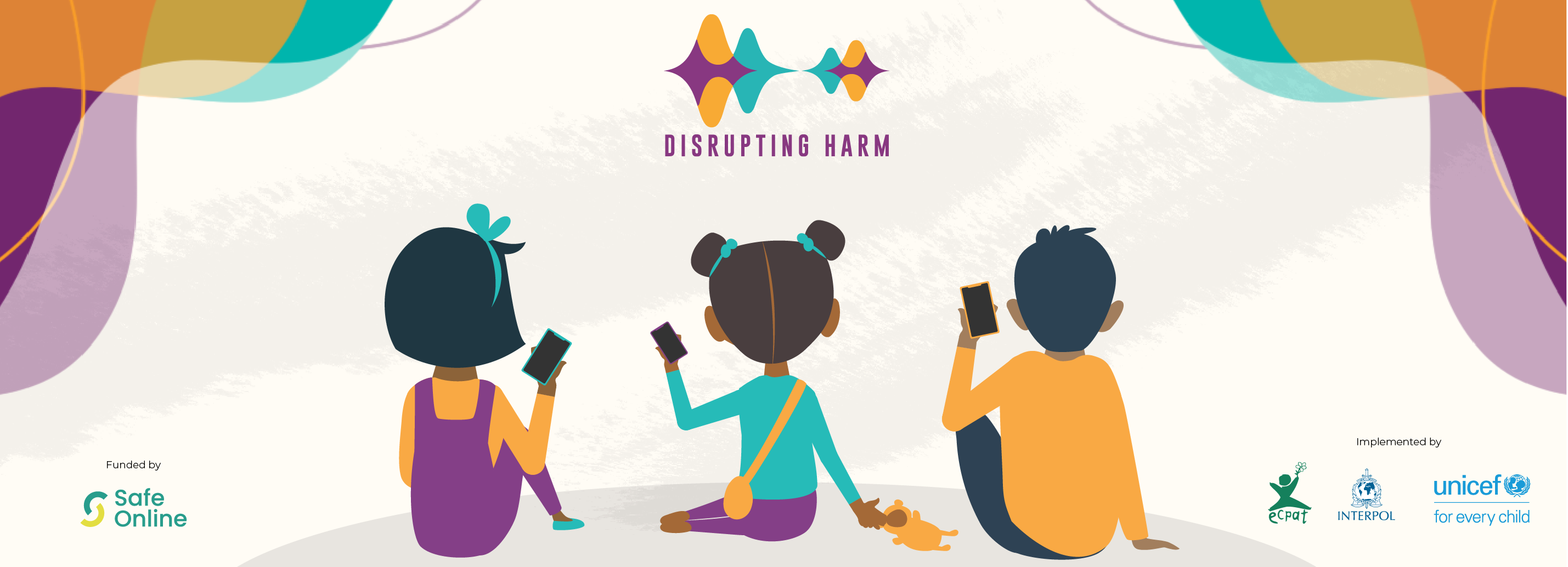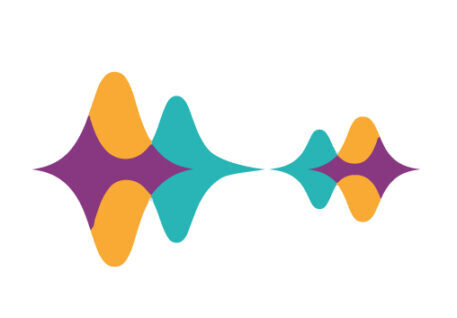
Groundbreaking project reveals new and crucial insights into technology facilitated child sexual exploitation and abuse in the context of other forms of violence globally.
Disrupting Harm is a large-scale evidence generation initiative producing unique insights on how digital harms to children and young people are manifesting in 25 countries across 6 regions and providing tailored roadmaps for key actors to act across levels. Funded by Safe Online, the project is implemented by ECPAT International, INTERPOL, and UNICEF Innocenti.
(This map does not reflect a position by Safe Online on the legal status of any country or territory or the delimitation of any frontiers)
The internet and wider digital world, while offering boundless opportunities, also bring unprecedented risks – most notably the growing threat of technology-facilitated child sexual exploitation and abuse (CSEA). This can take many forms, including online harassment, blackmail for sexual content, or the non-consensual sharing of private messages and images. Such abuse can occur entirely online or through a combination of digital and in-person interactions, with far-reaching consequences for children and young people.
Amid these challenges, a critical lack of credible data and evidence makes it difficult to effectively prevent and disrupt situations of technology-facilitated abuse. There is an urgent need for a deeper, more comprehensive understanding of how digital technologies facilitate CSEA at national and regional levels. Disrupting Harm was created to meet this need. To prevent and respond to technology-facilitated abuse, our solutions must be grounded in the latest data and evidence.
Through a unique, multisectoral approach, it gathers insights from children, survivors, caregivers, law enforcement, justice professionals, and frontline workers to build a detailed picture of when and how technology enables the sexual abuse and exploitation of children. The initiative also provides clear recommendations and tailored roadmaps to help countries address these risks.
This evidence is already driving change—shaping laws, strengthening policies, and informing protective systems around the world. At the heart of this work are the voices of children and survivors, who help guide efforts toward a safer digital world.
By generating strong, up-to-date evidence, Disrupting Harm equips governments, law enforcement, justice professionals, caregivers, and tech companies with the tools they need to prevent and respond effectively to technology-facilitated abuse.
Disrupting Harm bridges the data gap, and emphasises the collective duty across governments, law enforcement, justice professionals, caregivers and tech companies. It adopts a comprehensive research approach, encompassing diverse voices, from law enforcement to survivors. Armed with this knowledge, we’re better equipped to design proactive strategies against abuse. Disrupting Harm underscores the message: In this digital era, protecting our children and young people is a shared responsibility, utilizing data and evidence to counter threats.
Disrupting Harm researchers have conducted national assessments based on nine distinct research activities in each country. Data was collected from government actors, law enforcement, children and their caregivers, and survivors of exploitation and abuse – all to create a fuller understanding of the threat of online child sexual exploitation and abuse.
A detailed understanding of national response to the threat was captured through interviews and surveys with frontline service providers, and national duty-bearers on to gain a deep understanding of the legal and policy environment; Interviews with victims, their caregivers, and representatives from the justice sector to determine how the justice systems is supporting children; Survivor-centred conversations with young survivors to ensure their perspectives are understood and well incorporated; and statistics and other information from helpline and hotline operators and the industry. Disrupting Harm’s methodology can be adapted to any country or region and enable cross-country comparisons and collaboration to tackle online child sexual exploitation and abuse.
Disrupting Harm started in early 2019, when Safe Online invested $7 million to develop a groundbreaking and innovative research project to better understand how digital technology facilitates the sexual exploitation and abuse of children.
Safe Online brought together and funded three global organisations – ECPAT International, INTERPOL and UNICEF Innocenti – Global Office of Research and Foresight to undertake new research in 13 countries across Eastern and Southern Africa and Southeast Asia.
The uniqueness of this research lies in its multisectoral approach, leveraging the expertise of these global agencies and their local partners.Furthermore, the methodology of Disrupting Harm enables countries to compare results, identify national differences and global similarities, and help policymakers and practitioners understand how this problem needs to be tackled in-country and internationally.
Leveraging the unique and comprehensive evidence gathered, Disrupting Harm identifies practical and actionable solutions to protect children from technology-facilitated child sexual abuse and exploitation (CSEA).
Disrupting Harm I was implemented in 13 countries across Eastern and Southern Africa. Here are reports that are now available: Cambodia, Ethiopia, Indonesia, Kenya, Malaysia, Mozambique, Namibia, Philippines, South Africa, Tanzania, Thailand, Uganda and Viet Nam
Reports from 12 new countries in Disrupting Harm II will be added as they become available: Armenia, Brazil, Colombia, Dominican Republic, Jordan, Mexico, Montenegro, Morocco, North Macedonia, Pakistan, Serbia and Tunisia. These Phase 2 reports are planned for publication in 2026.

Disrupting Harm’s Phase I findings offer key insights into technology facilitated child sexual exploitation and abuse . It also allows comparisons between countries to spot common trends. Thanks to this project, we understand better how children experience online abuse, including details about reporting, law enforcement, and legislation.
Key insights:
Subscribe to our monthly newsletter to keep up-to-date on the latest progress, news, events and reports from Safe Online and the wider community working to end violence against children.

Copyright Safe Online 2023 ©
All imagery is taken from the Safe Online and UNICEF image library
We are here to ensure every child and young person grows in to the digital world feeling safe, and is protected from harm.
We support, champion, and invest in innovative partners from the public, private, and third sectors working towards the same objective.
We believe in equipping guardians and young people with the skills to understand and see danger themselves once accessing digital experiences without supervision.